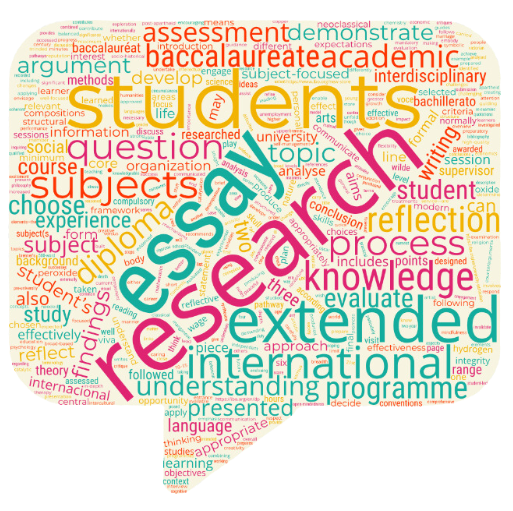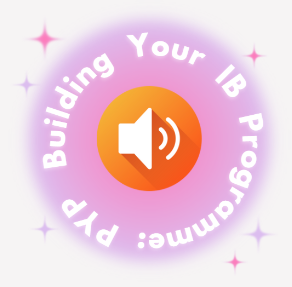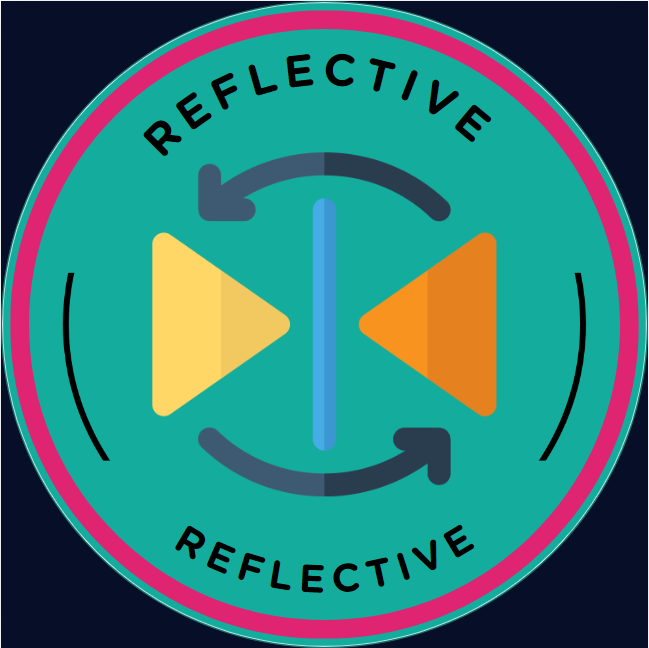-
What constitutes an appropriate balance between teacher planning and in-class observation when designing and facilitating effective learning engagements?
-
To what extent can this balance increase student engagement?

Let’s begin with a provocative quotation from John Hattie. He was asked what important advice he would give teachers:
“Start by seeking feedback about their impact. Say: “I am an evaluator of my teaching. Who has learnt or not, about what, is it efficient, where to next …” This is an excellent starting point.”
Hattie suggests a radical new definition of ‘feedback’. Ordinarily, when educators discuss feedback, generally they think of feedback from the teacher to the student. This may be in the form of advice about how to revise an essay, questions posed by the teacher to encourage deeper critical thinking, or comments on a returned test. In both formative and summative assessments, feedback can include both comments and marks. Alternatively, Hattie suggests that in making the feedback process visible, the teacher asks the students for their help.
Hattie’s new definition of feedback has profound positive outcomes.
-
Teachers don’t assume that the lesson they have planned will deliver the learning impact they intended. Indeed, in classes filled with various types of learners with often divergent learning needs, any learning engagement, however carefully designed, will probably not have the same impact (let alone the intended impact) on each student. Thus teachers need student feedback to understand to what extent their learning engagements achieved their desired outcomes. With this information, teachers can plan remediations, extensions, and reinforcements of the existing learning.
-
Teachers ‘make visible’ their role*: it is to evaluate their own teaching with respect to the impact it has made to convey content, deepen critical-thinking skills, engage students and diagnose next learning steps. Teaching and learning thus becomes a collaborative act in which both the teachers and students are learners.
-
Students become aware that learning exists in the space between what the teacher planned and how they are responding to that planning. They cease to be victims of imposed learning, but become authors of their learning.
-
Students begin to discover their own agency in learning, validating a range of responses to the teacher’s learning engagement: Does it inspire me? What confuses me? What do I understand more clearly? What do I want to know next?
-
The classroom dynamic changes from passive docility to active engagement. There will likely be ‘bumps’ along this journey. Many students, habituated by years of ‘imposed learning’ expect (and indeed sometimes) demand that the teacher convey the correct response. How many times have teachers heard, “Just tell us the answer I need to ace the test?”
-
The metric of success changes from:
-
I got the right answer, that’s what matters
-
the belief that there is a ‘right answer’
-
the teacher is in charge of what we learn
-
I can come unprepared for class because the teacher knows they have to help us do well on the test
-
I’ll soon be out of this class and away from this teacher, so it doesn’t really matter what I do as long as I don’t cause trouble.
-
-
The metric of success changes to:
-
I have confidence that I’m learning a ‘toolkit’ of strategies. I can choose which one to use at the most appropriate time
-
the extent of what I learn is dependent on the amount of effort I exert
-
the teacher is like my football coach: both want to give me opportunities to develop the skills I need to be successful
-
There are two profound, overarching changes that emerge from this radical revision of feedback.
First, teachers can reimagine what it means to be a ‘teacher’. Of course teachers need to know their subject content. That is content management, a small aspect of teaching. When placed in the context of feedback, the teacher’s job is to diagnose the learning needs of their students. If this is the core job, the teacher is a ‘diagnostician’. Having prepared learning engagements before class, the teacher’s role in-class is to assess the impact on students. To do this they need to be curious about the students: Are they engaged (cognitively, affectively, kinesthetically)? What is/isn’t working? How does their response direct future steps? To what extent are they aware of the ‘how’ they are learning as well as the ‘what’ they are learning?
Second, Hattie found that:
“when teachers receive feedback about their impact then the students are the biggest beneficiaries.”
This revolutionary aspect of ‘feedback’ has the power to revitalize the classroom experience for teachers and students.
The time is right to honor a more inclusive vision of teaching and learning, and celebrate the notion that we are all teachers, and all learners.
*Making thinking and learning visible promotes metacognition, for the teacher and the learner. It helps create agency for both.
Author
-

Richard Hood is a passionate facilitator of adult and student learning. In this regard, he has a special interest in creating and supporting administrative and teacher commitment to intentional practices of teaching and learning. His focuses on ways to create student engagement. He also redefines the teacher as a ‘diagnostician’, whose core job skill is to diagnose the learning needs of their students and select the appropriate tools to facilitate that learning.
View all posts




